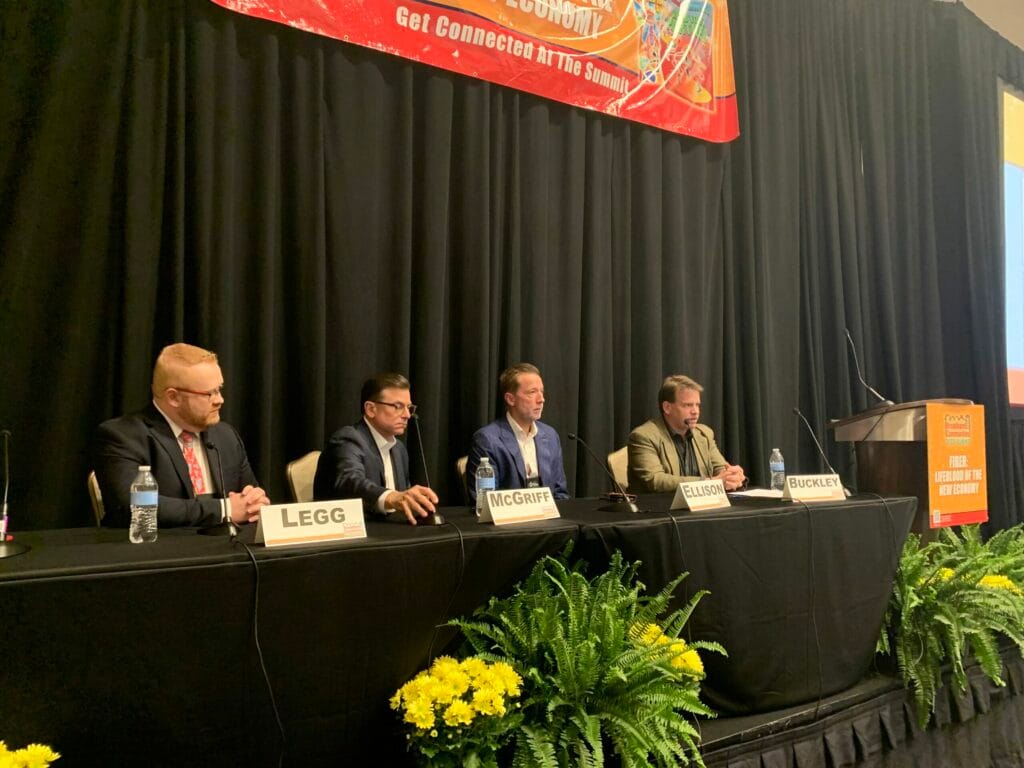Middle Mile Infrastructure Just as Important as Last Mile, Panel Says
The funding priorities of IIJA has created the false perception that middle mile is not as important as last mile, experts say.
Benjamin Kahn

HOUSTON, May 4, 2022 – Experts agreed that educating stakeholders on the importance of middle mile infrastructure is paramount to connect underserved and unserved rural communities.
During the Broadband Communities Summit 2022, experts said that the Infrastructure, Investment and Jobs Act seems to deemphasize the role of middle mile infrastructure and contributes to the lay perception that middle mile infrastructure is less important than last mile.
The IIJA will provide $42.5 billion to improve broadband infrastructure, but only $1 billion is designated to be spent on the development of the middle mile — the transport part of the network connecting to the last mile, which is the connection to homes and businesses.
“There has been a lot of emphasis on last mile, and there should be, but there also needs to be emphasis on middle mile,” J. Brent Legg, Connect Nation executive vice president for government affairs said Wednesday. “A billion dollars does not go very far.”
“[Middle mile infrastructure] is integral,” Kelly McGriff, Uniti Group Inc. vice president and deputy general counsel, said. McGriff explained that even if there is sufficient infrastructure on the last mile side of things, it does not matter, because broadband service can only be as good as its weakest component. “There is no reason to have a massive pipe if all you have is a garden hose connecting it – one hand washes the other.”
FiberLight Vice President of Public Sector Mike Ellison said that even if the last mile is comprised of pristine fiber, connecting that fiber to underfunded middle mile infrastructure that uses copper will create packet loss and latency.
‘Nobody wants to talk about the backhaul’
“People do not really understand what the problem is,” Ellison said. “How [the lack of middle mile infrastructure] is impacting people – how it is impacting schools.”
“The tough part is educating folks about [middle mile infrastructure] and getting them to the table for a conversation,” he said.
McGriff said that when he approaches stakeholders at the local and state level, “Nobody wants to talk about the backhaul,” adding, “There is just not a lot of talking around middle mile.”
“There is a lot of education to be done at the federal level, at the state level, and at the local level,” Legg said.
Legg described how a lack of middle mile hubs and internet exchange points has stunted the growth of networks. “There need to be more hubs need to be built out closer to the network’s edge.”
In addition to creating more hubs, Legg said that middle mile and last mile operators would have to work together to create the best end-user experience. “A huge part of solving this problem [is working with last mile operators to increase bandwidth and lower costs],” he said.
“Last mile connectivity is only as good as the middle connectivity that make it possible,” Legg added.










Member discussion